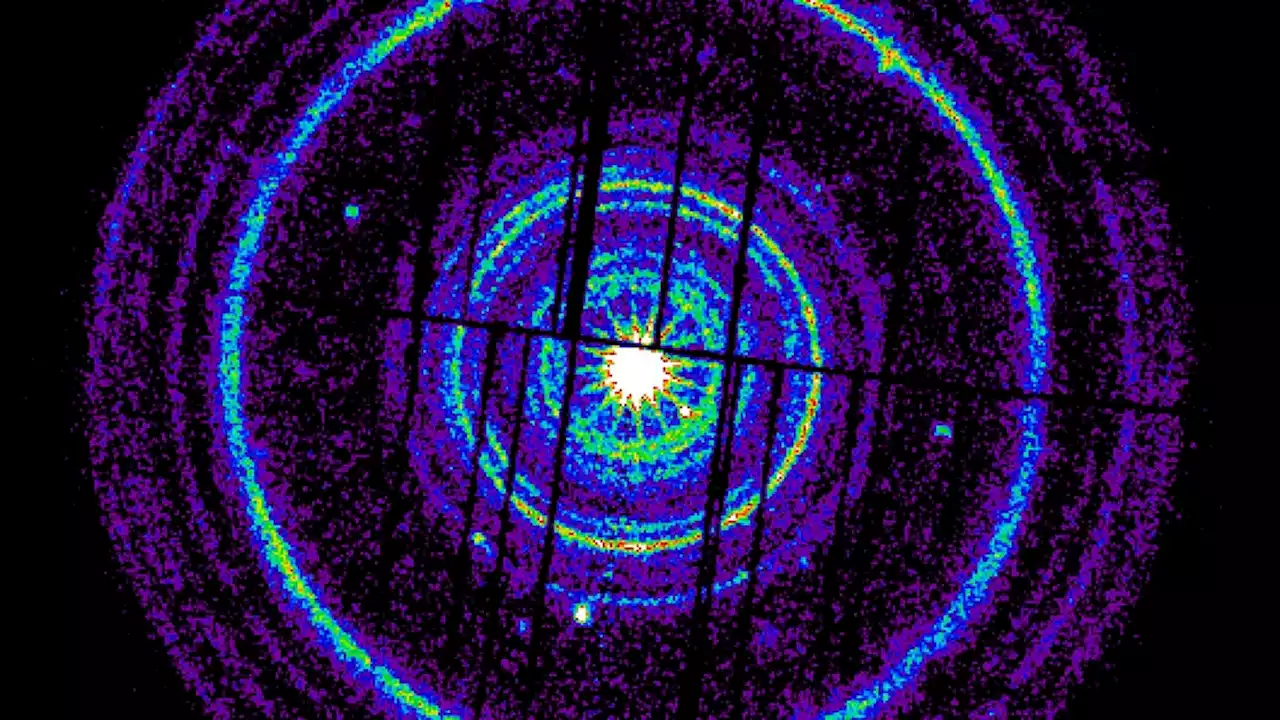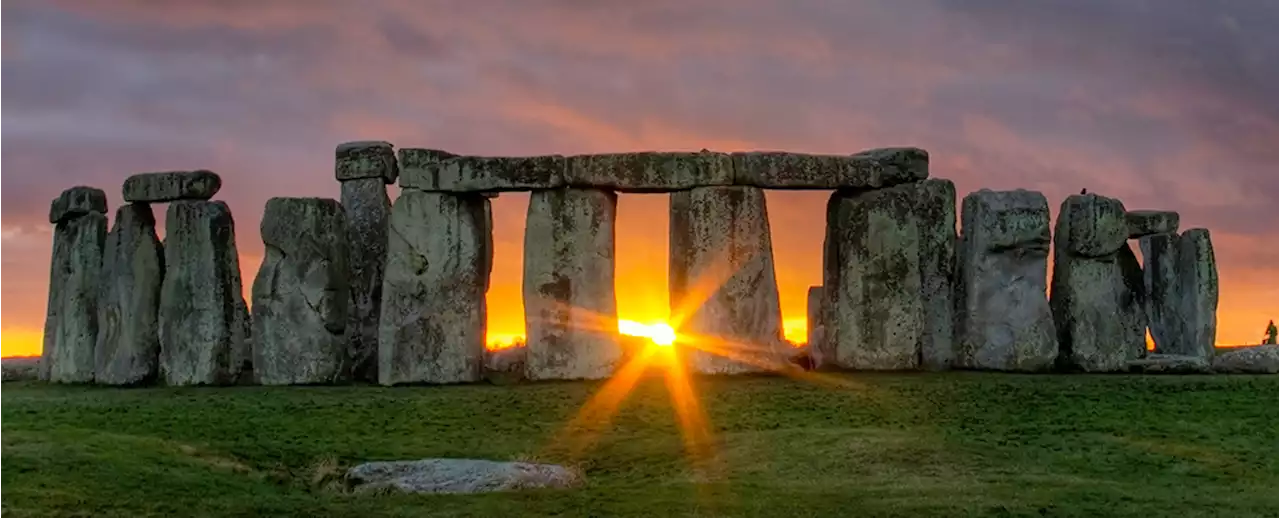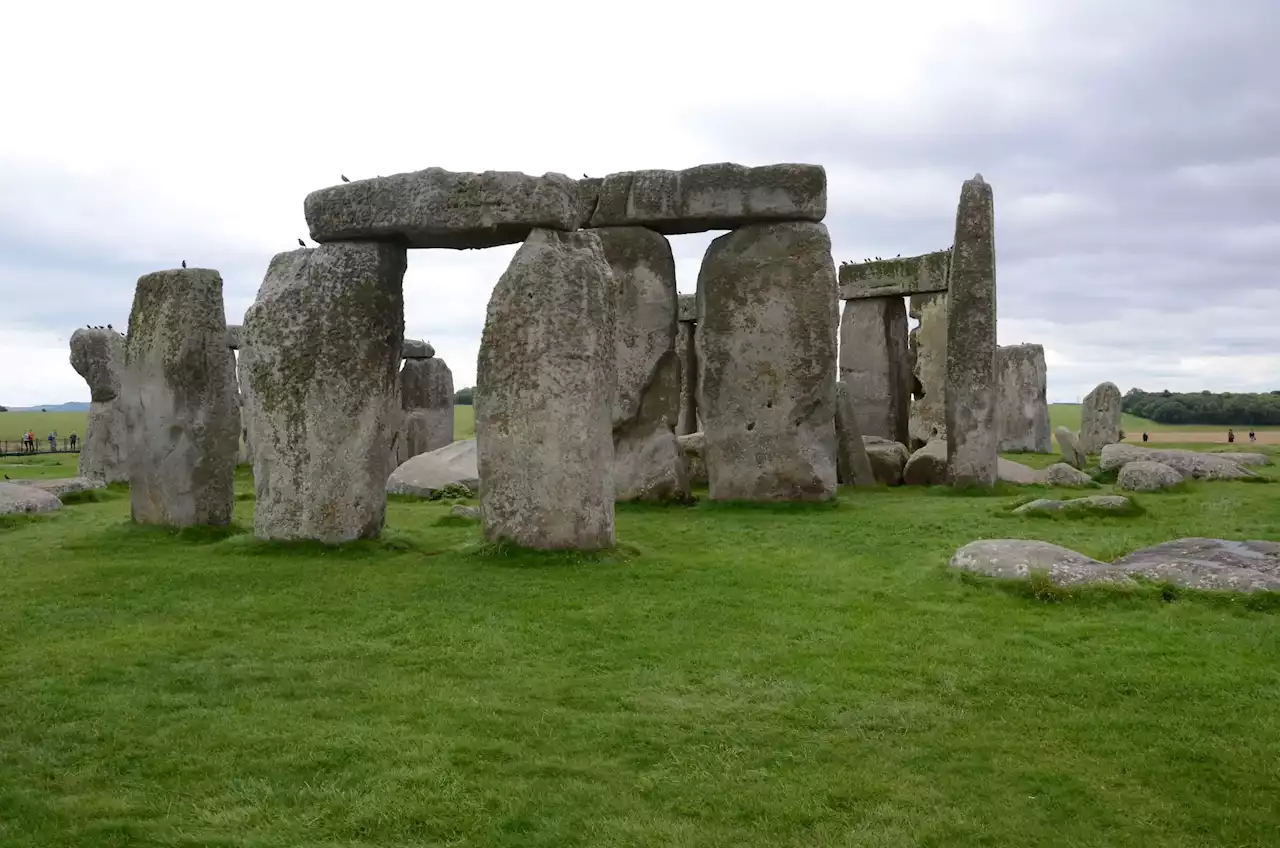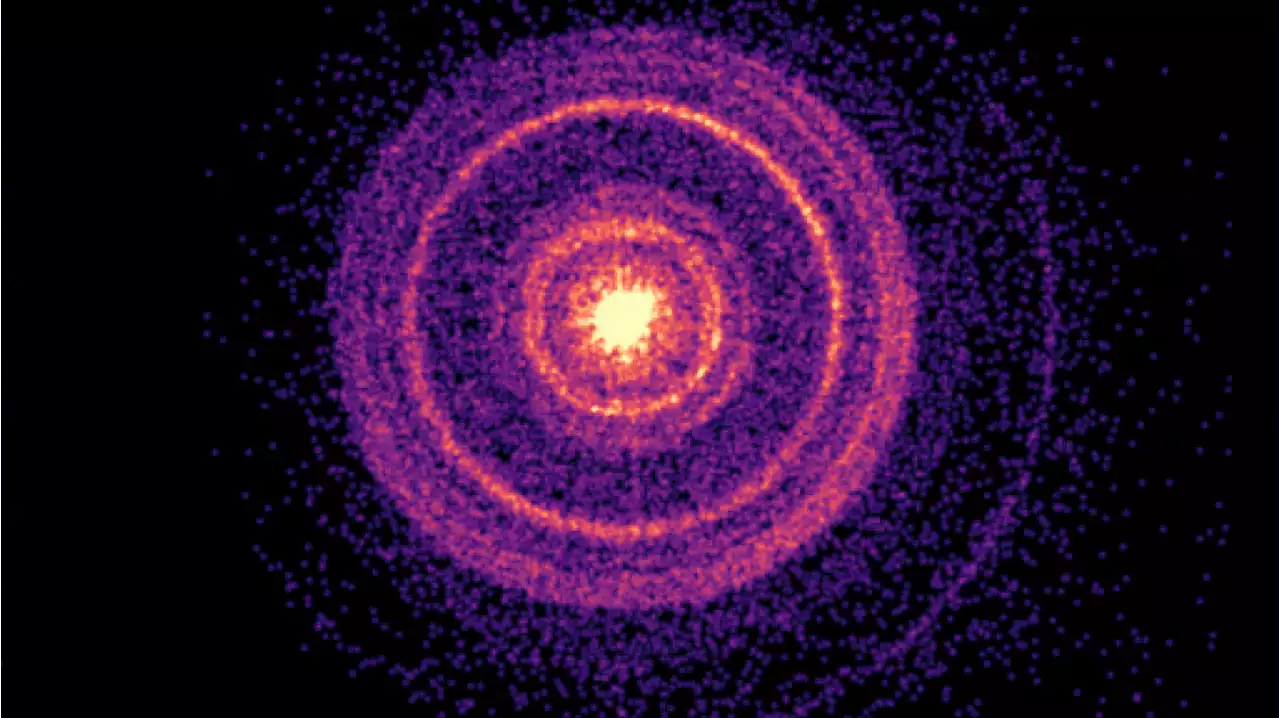Scientists are taking a closer look at the afterglow left by the brightest gamma-ray burst ever recorded, and what they see doesn't fit with any theoretical models.
The brightest gamma-ray burst ever detected is revealing new mysteries as scientists study it in greater detail.
"[I]t is very difficult for existing models to replicate the slow evolution of the energy peaks that we observed," James Leung , a doctoral student at the University of Sydney who co-authored the Nature Astronomy paper, said in a statement."This means we have to refine and develop new theoretical models to understand these most extreme explosions in the Universe."
While the burst itself lasted just a few seconds, it left behind an"afterglow" of emissions across the light spectrum that may persist for years, Tara Murphy , an astrophysicist at the University of Sydney and co-author of the arXiv study, said in the statement. Initially, there is a bright forward shock caused by the materials ejected by the gamma-ray burst, Leung added, followed by a reverse shock back into the cloud of ejecta. Both shocks contribute to the afterglow.
United States Latest News, United States Headlines
Similar News:You can also read news stories similar to this one that we have collected from other news sources.
 Astronomers Stunned by Brightest Gamma Ray Burst Ever RecordedThe astounding outburst came from a galaxy 2 billion light-years away. It's the 'BOAT'—the brightest of all time.
Astronomers Stunned by Brightest Gamma Ray Burst Ever RecordedThe astounding outburst came from a galaxy 2 billion light-years away. It's the 'BOAT'—the brightest of all time.
Read more »
 Asteroid makes a close approach and scientists are pumped | Digital TrendsAn asteroid will pass within 100,000 miles of Earth, which is around half the distance between Earth and the moon.
Asteroid makes a close approach and scientists are pumped | Digital TrendsAn asteroid will pass within 100,000 miles of Earth, which is around half the distance between Earth and the moon.
Read more »
 Nope, Stonehenge Isn't an Ancient Calendar After All, Scientists SayRising from the flat expanse of Salisbury Plain in Wiltshire, England, the monoliths at the center of ancient wonder that is Stonehenge echo an era we've long forgotten.
Nope, Stonehenge Isn't an Ancient Calendar After All, Scientists SayRising from the flat expanse of Salisbury Plain in Wiltshire, England, the monoliths at the center of ancient wonder that is Stonehenge echo an era we've long forgotten.
Read more »
 Scientists Debunk Controversial Theory of Stonehenge as a Solar CalendarStonehenge is a monument of remarkable complexity that captivates onlookers with its magnificent megalithic circle and 'horseshoe' design, constructed around 2600 BC. Throughout history, various hypotheses have been proposed regarding the significance and purpose of Stonehenge. Currently, however
Scientists Debunk Controversial Theory of Stonehenge as a Solar CalendarStonehenge is a monument of remarkable complexity that captivates onlookers with its magnificent megalithic circle and 'horseshoe' design, constructed around 2600 BC. Throughout history, various hypotheses have been proposed regarding the significance and purpose of Stonehenge. Currently, however
Read more »
 Scientists discover how cancer cells evade immune systemCancer cells are notoriously hard to tackle as they hide from the body’s immune system by forming a thin surface barrier called the glycocalyx. A new study targets this process.
Scientists discover how cancer cells evade immune systemCancer cells are notoriously hard to tackle as they hide from the body’s immune system by forming a thin surface barrier called the glycocalyx. A new study targets this process.
Read more »
